Hesitate not to reduce deposit interest rate
Interest rates on the interbank market on the morning of May 24 slightly decreased by 0.04 - 0.16% compared to May 23. Non-term VND interest rates are still 4.34%/year, 1 - 2 weeks are still 4.5 - 4.58%/year, 1 month is still 4.8%/year, 3 months is still 5.68%/year, 1 year is still 7.7%... the interbank market has a slight impact after the decision to reduce operating interest rates from the State Bank.
Accordingly, the ceiling interest rate for mobilizing VND of banks for term deposits from 1 to 6 months is reduced from a maximum of 5.5%/year to 5%/year; term deposits under 1 month are kept at 0.5%/year. At the same time, the interest rate for overnight loans in interbank electronic payments and loans to compensate for capital shortages in the SBV's clearing payments for banks is reduced from 6%/year to 5.5%; the refinancing interest rate is reduced from 5.5%/year to 5%; the rediscount interest rate remains at 3.5%/year.
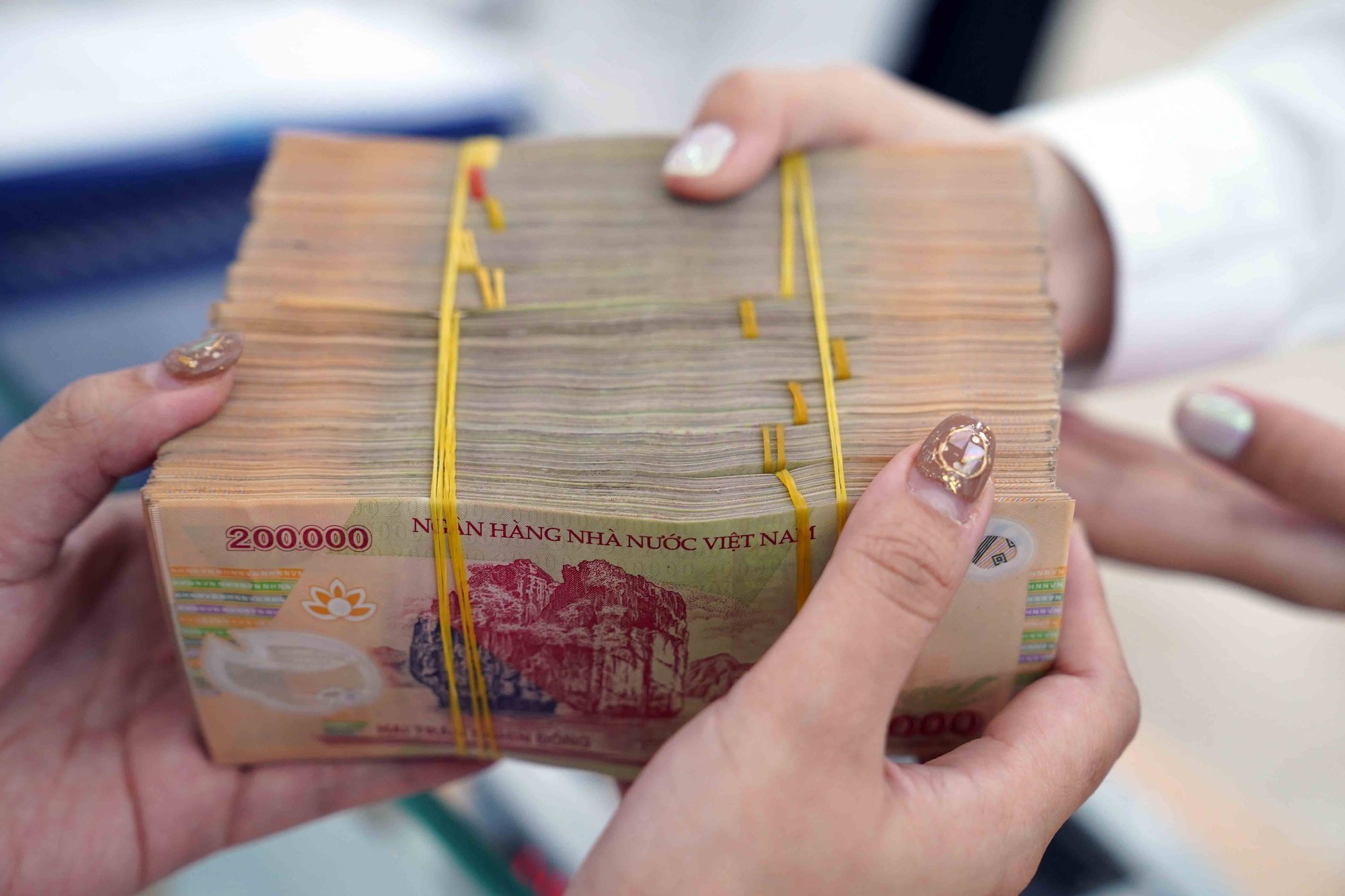
Interest rates are not expected to decrease on May 24
These interest rates are effective from May 25, so commercial banks have not yet made any moves to reduce deposit interest rates on the morning of May 24 for terms under 6 months to a maximum of 5%/year. In mid-May, 4 major commercial banks including Vietcombank, BIDV, Vietinbank, Agribank reduced deposit interest rates to 0.3%/year, and 3-month terms to 5.1%/year. Other banks such as Techcombank mobilized terms from 1 to 5 months at 5.5%/year; ACB 5.3%/year; VPBank from 5.2 - 5.3%/year... Some banks said that the difference between the actual deposit interest rate and the new ceiling interest rate of 5%/year is not much, so they are not in a hurry to adjust it down before the effective date. The bank still maintains the mobilization interest rate until the end of the day to maintain the existing mobilized capital, fearing that if it adjusts down first, other banks will absorb the capital.
Competition in capital mobilization among banks is evident when interest rates for terms of 6 months or more jump 1-2%/year higher than those for terms under 6 months. The interest rates of many joint stock commercial banks mobilizing terms of 6 months are at 6-7%/year, terms of 12 months are at 7-8%/year. Some banks "collude" to mobilize the highest interest rates of up to 9%/year.
Operating interest rates are still higher than in 2020
The SBV's interest rate reduction aims to reduce the interest rate level, support people and businesses to increase their access to capital, and contribute to the recovery of production and business. However, although this is the third consecutive interest rate reduction by the SBV, it is still at a high level. The current operating interest rate is 0.5 - 1% higher than in September 2020 when the Covid-19 epidemic broke out. Specifically, the refinancing interest rate is 1% higher, the discount rate is 1% higher, and the overnight lending rate in interbank electronic payments and lending to compensate for capital shortages in the SBV's clearing payments to banks is 0.5% higher.
Mr. Nguyen Huu Huan - Head of the Finance Department of Ho Chi Minh City University of Economics commented that the decrease in operating interest rates is also a good signal for the market. However, the internal problems of banks that have not been resolved will also make it difficult to help interest rates go down. The refinancing, rediscounting or lending rates to cover payment shortages of the State Bank often solve the liquidity problem of commercial banks. Banks must have valuable papers to be able to access this capital flow. The capital that banks lend is still mainly mobilized from the customer sector.
According to data from the State Bank of Vietnam as of the end of April, banks' capital mobilization increased by 1.78%, only nearly 50% compared to the credit growth rate of 3.04%. Mr. Nguyen Huu Huan said that when the capital mobilization rate of banks is lower than lending, it is difficult to reduce the cost of mobilized capital. In the cost of capital, the mobilization interest rate currently accounts for a large proportion. Only 1-2 banks need capital to handle their internal problems, but if the mobilization interest rate is higher than other banks, the general interest rate level will be difficult to decrease.
Meanwhile, Mr. Nguyen Huu Huan said that some banks have now used up their credit limit (room), so it is difficult to adjust interest rates down in the market. Big 4 banks have cheap and abundant capital, so they have the conditions to reduce interest rates. However, they are also cautious because not all customers can access them. Therefore, businesses are looking for commercial customers with higher interest rates. While the credit room is limited, some banks still have to deal with bond issues, so interest rates are unlikely to decrease. If the current credit room issue is not resolved soon, the situation like in 2022 will repeat itself. Banks running out of loan limits will push output interest rates up.
Source link




![[Photo] Ready for the top competitions of Vietnamese table tennis](https://vphoto.vietnam.vn/thumb/1200x675/vietnam/resource/IMAGE/2025/5/18/9c547c497c5a4ade8f98c8e7d44f5a41)

![[Photo] Many young people patiently lined up under the hot sun to receive a special supplement from Nhan Dan Newspaper.](https://vphoto.vietnam.vn/thumb/1200x675/vietnam/resource/IMAGE/2025/5/18/6f19d322f9364f0ebb6fbfe9377842d3)




















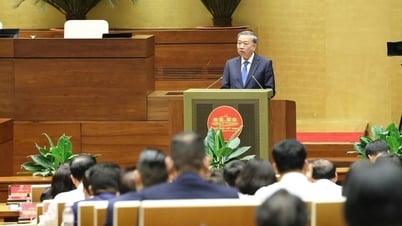







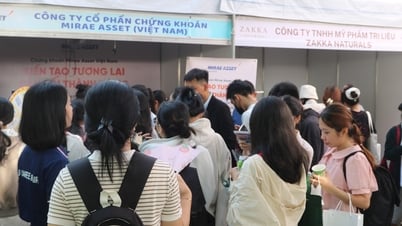
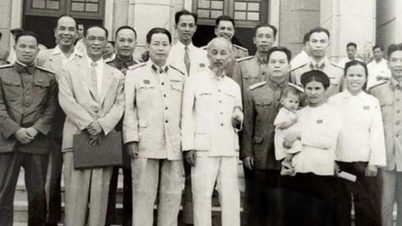

![[Photo] General Secretary To Lam visits exhibition of achievements in private economic development](https://vphoto.vietnam.vn/thumb/1200x675/vietnam/resource/IMAGE/2025/5/18/1809dc545f214a86911fe2d2d0fde2e8)




















































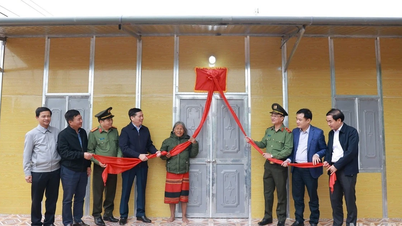









Comment (0)